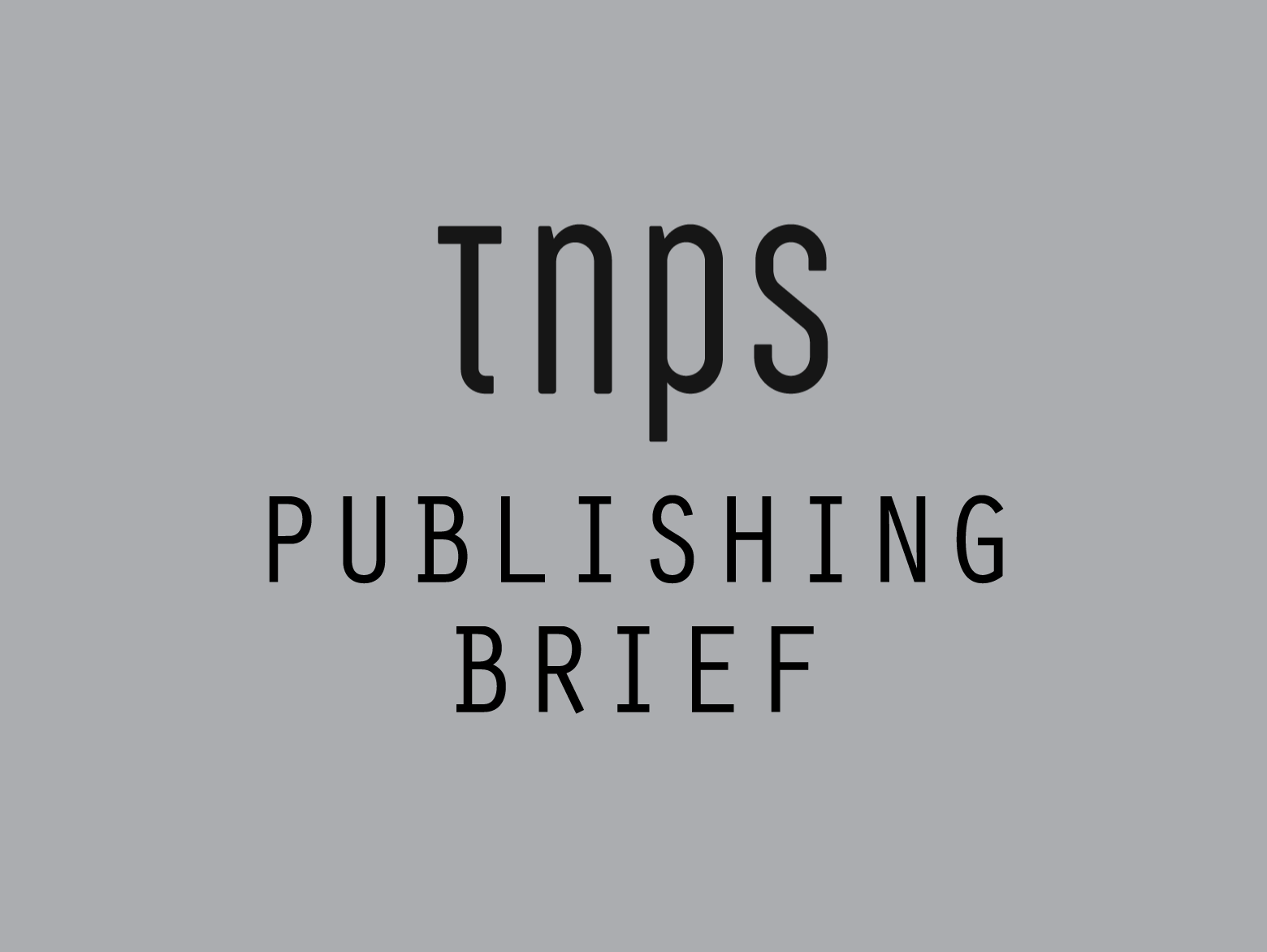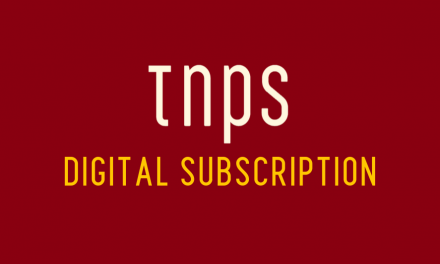I was e-chatting with a Canadian author recently and the topic turned to what it is like for Canadian authors, writing in the shadow of their giant neighbour, the USA.
Canada has a vibrant literary community and heritage. For example the Montreal International Book Fair, which begins its 40th anniversary incarnation tomorrow, Wednesday 15 November, is expecting over 100,000 visitors.
And while Canada’s second language, French, also gets its fair share of attention and publishing opportunities, I put to my Canadian author friend the question,
Supposing you weren’t fortunate enough to be fluent in the world’s most widely spoken language, which also happens to be the language of your giant literary and e-commerce neighbour?
Imagine being an author in the Himalayan republic of Nepal, almost as large as Canada by population (29 million people to Canada’s 36 million), but whereas Canada’s two official languages are widely known around the world, few outside Nepal speak, read or write Nepali.
This is a problem Amish Raj Mulmi, a consulting editor at the Writers’ Side Literary Agency, India’s (and possibly South Asia’s) biggest lit agency, addressed in the Kathmandu Post this past week.
Mulmi paints a mixed-future picture of the Indian literary landscape, with on the one hand bookstores closing or diversifying into non-book products, and on the other hand publishers showing increased confidence.
Says Mulmi,
Indian publishing, by all standards, is healthy and growing. There is optimism: multinational publishers like Simon & Schuster, Bloomsbury and Pan Macmillan have recently started local publishing units; Amazon will invest $5 billion to expand its operations over the next five years, and has started a local publishing division; and book fairs and literary festivals are more ubiquitous than ever, with both the number of visitors to these fairs, and the number of books being published annually, increasing year-on-year.
TNPS note: the $5 billion investment by Amazon, is across all Amazon’s India ventures, not just publishing, but Amazon now owns one of India’s prestigious publishers, Westland, which it acquired in October 2016.
Mulmi is no digital-denier. Having previously worked at the innovative publishing start-up Juggernaut, Mulmi notes,
There are technological disruptions too—Juggernaut…with its mobile reading app is betting on digital publishing. Ebook sales are yet to rise to the West’s levels, but as internet and smartphone penetration increases, one expects more ebooks to sell too.
Mulmi argues that one reason optimism prevails in the India publishing industry is that
Indian English language trade publishing hasn’t reached its full potential yet
adding the caveat
(note my use of ‘English language trade publishing’, which this essay focuses on, and not on the vibrant language publishing in India).
Vibrant language publishing in India? If that’s a surprise to you check out recent posts from The New Publishing Standard here and here (or put India in the search bar to see all TNPS posts on India).
Mulmi argues that for English-language authors e-commerce is undermining the backlist, and the OP is worth reading for that, but let’s return here to the intended topic, Nepali authors.
Mulmi notes there are
similar logistical issues in distribution channels in both (India and Nepal) countries, with availability of books an issue at times, but distribution is a function of sales. Therefore, Nepali writers will have to work harder towards publicising their books, and even try to find new readers, maybe among the diaspora population within India, but at the very least beyond Kathmandu.
Just as Canadian authors look to sell in the USA to increase their sales potential, so Nepali authors look to India. But Nepal’s language is spoken by only a few in India and to have any hope of making an impact on the Indian literary scene translations are the order of the day.
Mulmi describes Nepal’s literature locked up in Nepal as a “treasure trove gathering dust,” and argues Nepali writing will resonate with Indian readers if they get to see it, but for that to happen,
Nepali publishers must up their game, and their professionalism … They are sitting on a bank of excellent manuscripts that must be translated—why shouldn’t our novels be read with the same relish in France as a Marquez?
Mulmi concludes, Nepali publishers must
market their work beyond the Nepali reading audience, which is essential if Nepali writing is to grow.



